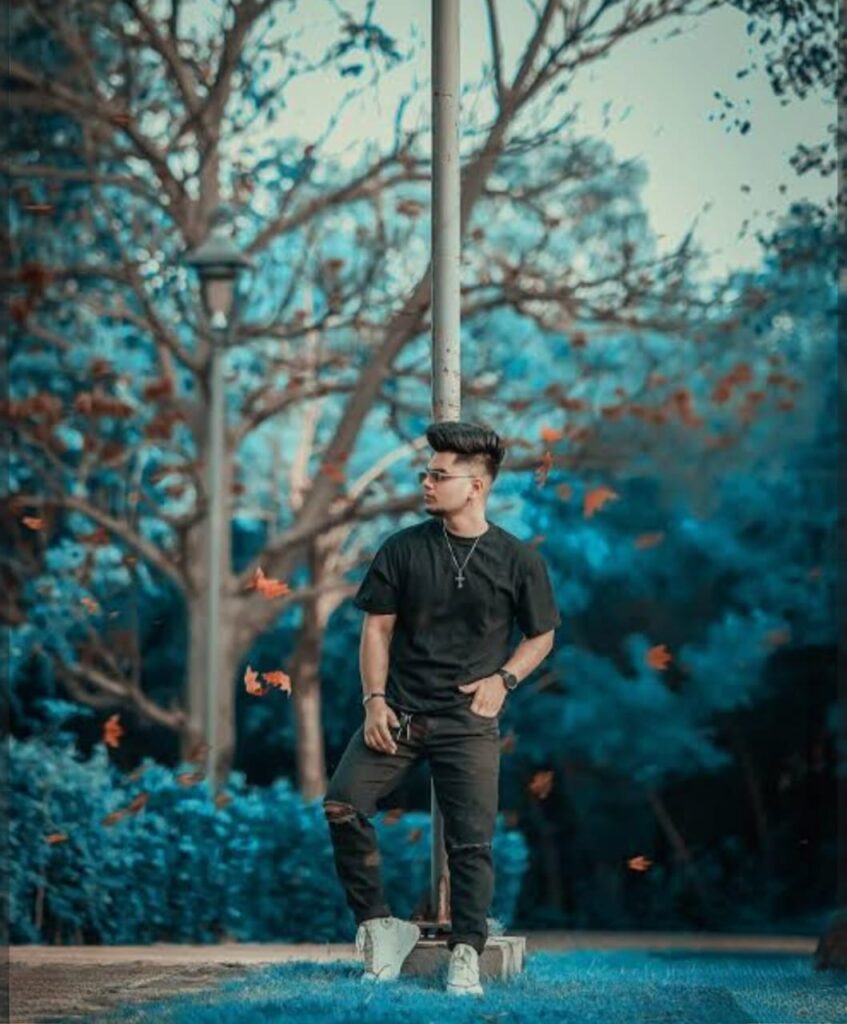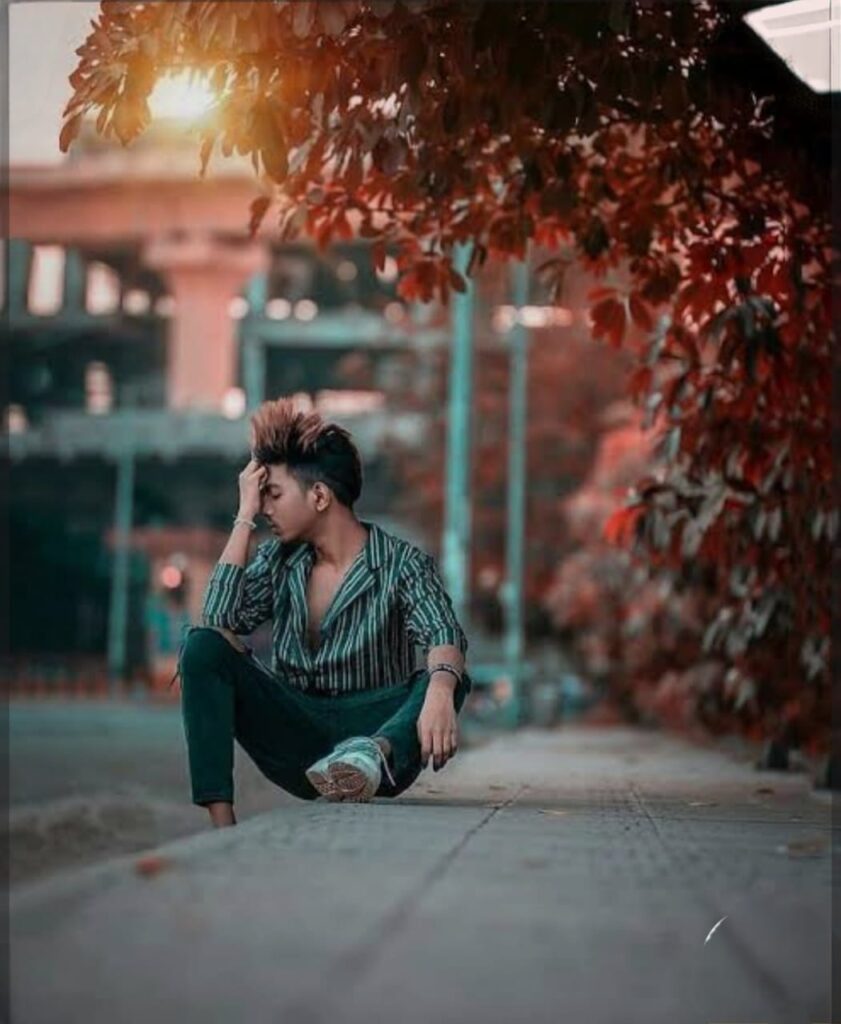Unlocking Creative Potential: The Power of Lightroom Photo Editing Presets
In the vast and exciting world of digital photography, Adobe Lightroom stands as a cornerstone for many, offering powerful tools for organizing, processing, and enhancing images. Among its most beloved and widely used features are “presets” – a game-changer for photographers of all skill levels. Far more than just simple filters, Lightroom presets are a collection of pre-configured adjustments that can transform the look and feel of a photograph with a single click, streamlining workflows and fostering a consistent visual style.
What Exactly Are Lightroom Presets?
At their core, a Lightroom preset is a saved set of editing instructions. Imagine you’ve spent time meticulously adjusting exposure, contrast, white balance, colors, sharpening, and perhaps even adding a subtle grain to an image until it achieves a desired look. Instead of manually applying all those same adjustments to every single photo in a series, a preset allows you to save that entire “recipe” of edits. Then, with a simple click, you can apply those exact same settings to other images, instantly achieving a similar aesthetic.
These adjustments can encompass a wide range of parameters, including:

- Basic Panel: Exposure, Contrast, Highlights, Shadows, Whites, Blacks, Presence (Clarity, Dehaze, Vibrance, Saturation).
- Tone Curve: Adjusting the tonal range and contrast.
- HSL/Color: Fine-tuning individual color hues, saturation, and luminance.
- Color Grading: Adding distinct color casts to shadows, midtones, and highlights.
- Detail: Sharpening and Noise Reduction.
- Lens Corrections: Correcting lens distortions and chromatic aberration.
- Effects: Adding grain, vignettes, or dehaze.
- Calibration: Adjusting the camera’s raw processing.

The Benefits of Using Lightroom Presets
The widespread adoption of presets by both professionals and enthusiasts isn’t without reason. Their advantages are numerous and impactful:
- Time-Saving Efficiency: This is arguably the biggest benefit. Instead of spending minutes (or even hours) per image, presets allow you to apply a sophisticated edit in seconds. This is especially invaluable for photographers dealing with large volumes of photos, such as wedding, event, or travel photographers.
- Achieving Consistency: A cohesive visual style is crucial for building a brand, maintaining a consistent portfolio, or simply telling a story across a series of images. Presets ensure that all your photos from a particular shoot or series share a similar look and feel, creating a professional and polished outcome.
- Creative Exploration and Inspiration: Presets can serve as excellent starting points for creative exploration. Browse through different presets can expose you to new editing styles and inspire you to experiment with looks you might not have considered. Even if a preset doesn’t perfectly fit your image, it can provide a foundation to build upon.
- Learning Tool for Beginners: For those new to photo editing, Lightroom’s vast array of sliders and adjustments can be overwhelming. Applying a preset allows beginners to see how various settings are manipulated to achieve a specific effect. By observing the changes in the editing panels after applying a preset, one can gain valuable insights into the intricacies of photo processing.
- Simplified Workflow: Presets streamline the entire editing process. They can be applied during import, or to multiple selected images at once (batch editing), further enhancing efficiency.
- Customizability: While presets offer a one-click solution, they are not rigid. Every adjustment made by a preset remains fully editable. After applying a preset, you can fine-tune individual sliders to perfectly match the nuances of your specific photo, ensuring optimal results for different lighting conditions or subjects.

Types of Lightroom Presets
The world of Lightroom presets is incredibly diverse, catering to virtually every photographic genre and aesthetic preference:
- Genre-Specific Presets:
- Portrait Presets: Often focus on enhancing skin tones, softening blemishes, and adding a flattering glow.
- Landscape Presets: Designed to boost colors, improve clarity, and create dramatic skies or lush greens.
- Wedding Presets: Aim for classic, romantic, or airy looks, often with soft tones and subtle enhancements.
- Street/Urban Presets: Tend to have higher contrast, desaturated colors, or a gritty, cinematic feel.
- Style-Specific Presets:
- Black & White Presets: Transform color images into stunning monochrome, with variations in contrast, tone, and grain.
- Vintage/Film Presets: Emulate the look of classic film stocks, often with muted colors, film grain, and subtle light leaks.
- Light & Airy Presets: Characterized by bright whites, soft shadows, and often a pastel color palette.
- Dark & Moody Presets: Feature deep shadows, rich tones, and often desaturated colors for a dramatic effect.
- Matte Presets: Create a soft, faded look by lifting the blacks and reducing overall contrast.
- Corrective Presets: Less about style and more about fixing common issues, such as white balance corrections, lens profile corrections, or basic sharpening.
Where to Find and How to Use Presets
Lightroom comes with a selection of built-in presets. However, the true breadth of options lies in:
- Free Downloads: Many photographers and websites offer free preset packs to sample different styles.
- Premium Collections: Professional photographers and companies sell meticulously crafted preset collections, often tailored to specific niches or styles.
- Creating Your Own: The most powerful way to use presets is to create your own. Once you’ve developed a consistent editing style, you can save your customized adjustments as a personal preset. This ensures your unique artistic vision is easily replicable.
Using Presets in Lightroom is simple:
- Import your photos into Lightroom.
- Navigate to the Develop Module.
- On the left-hand panel, find the Presets section.
- Hover over different presets to see a live preview on your selected image.
- Click on a preset to apply it.
- Adjust and Fine-Tune: After applying, always go through the individual editing panels (Basic, Tone Curve, HSL, etc.) to make any necessary tweaks to suit your specific image. Not every preset will be a one-size-fits-all solution, and minor adjustments are often needed for optimal results.
The Artistry Beyond the Click
While presets are incredibly powerful tools, it’s crucial to remember that they are aids, not substitutes for fundamental photographic knowledge. A well-composed and properly exposed image will always benefit more from a preset than a poorly captured one. Presets are a starting point, a catalyst for creativity, and a means to achieve efficiency. The true artistry still lies in the photographer’s eye, their understanding of light, composition, and their ability to fine-tune the preset to truly bring their vision to life. Embrace presets as a valuable part of your editing arsenal, and watch your photography workflow transform.
